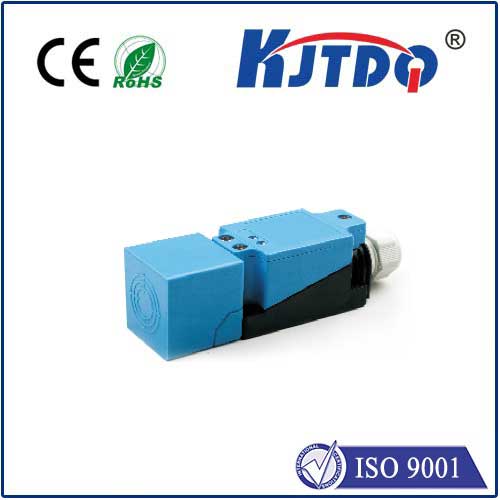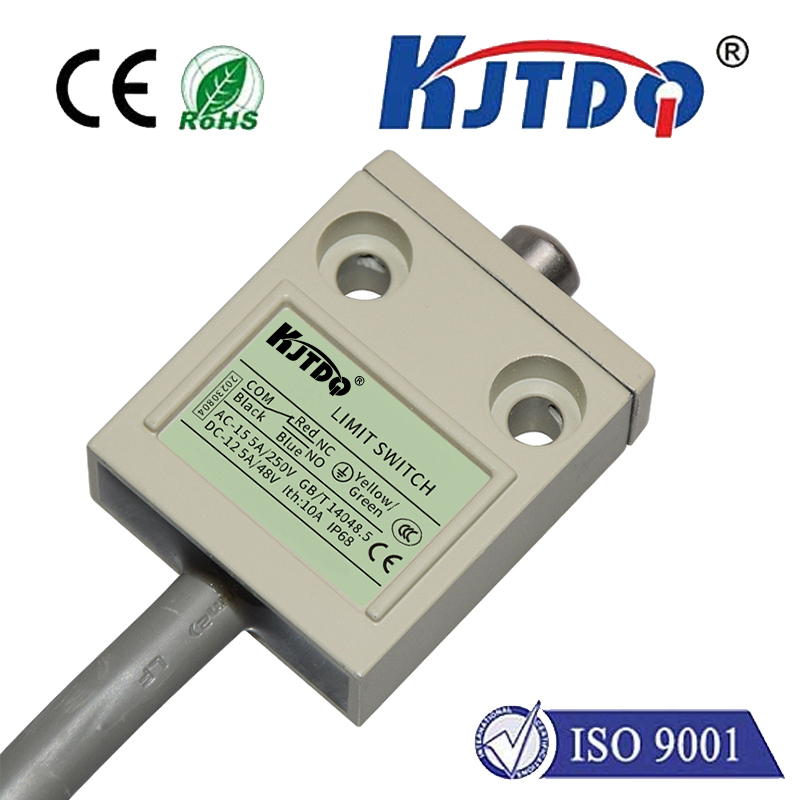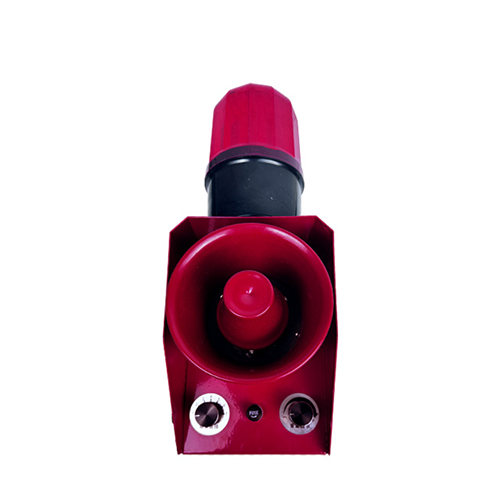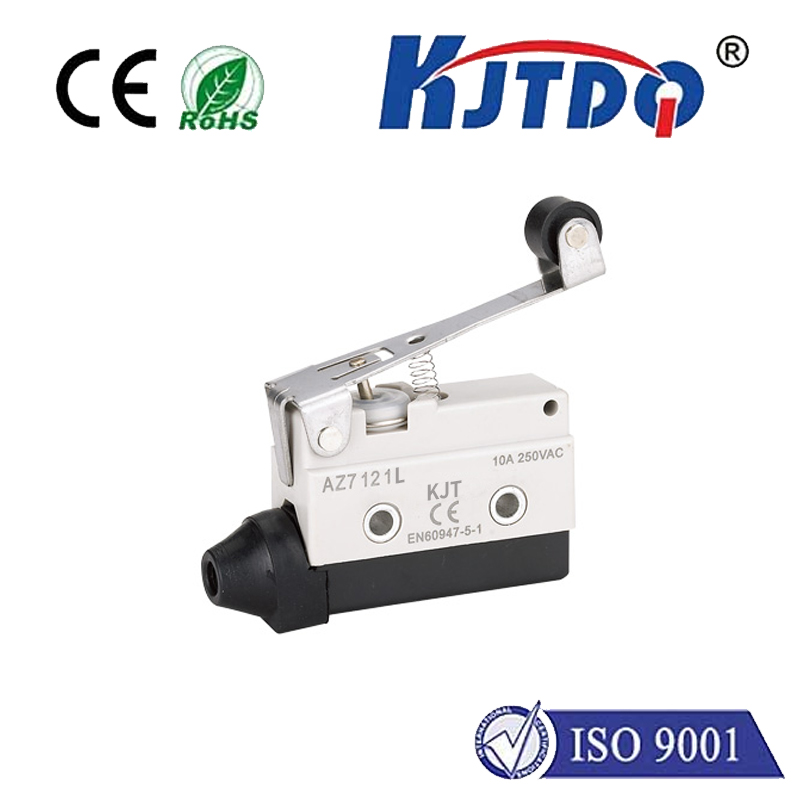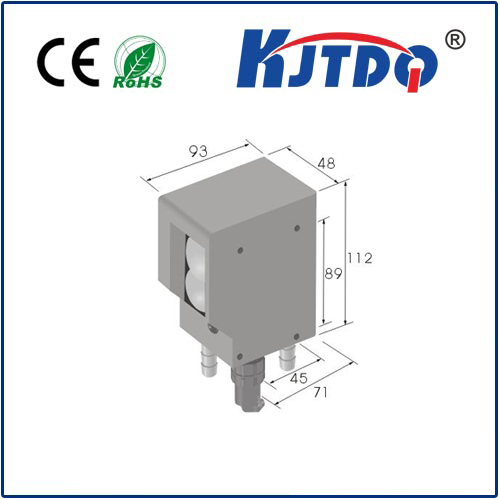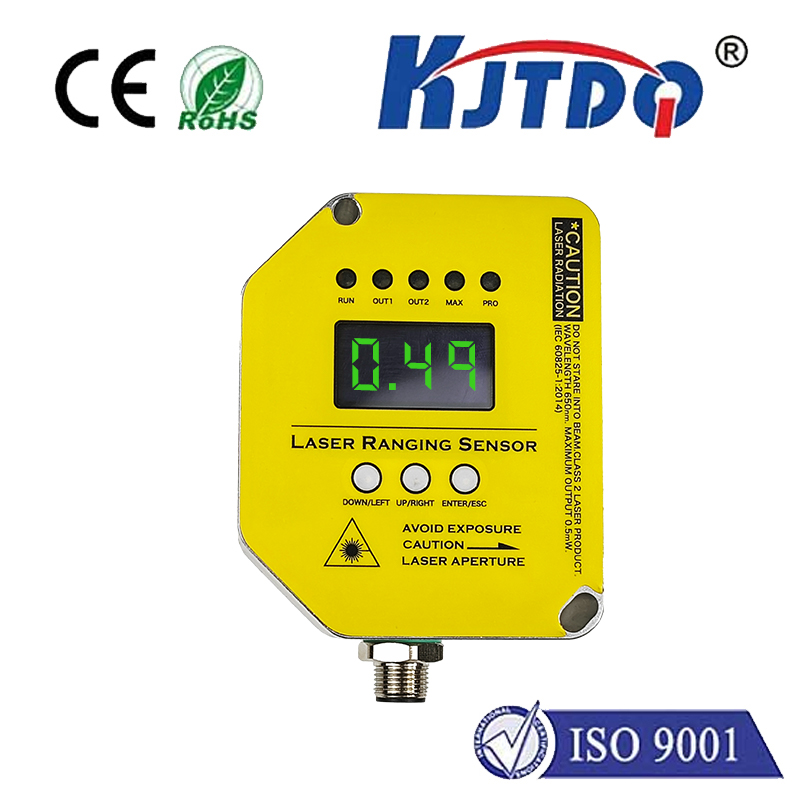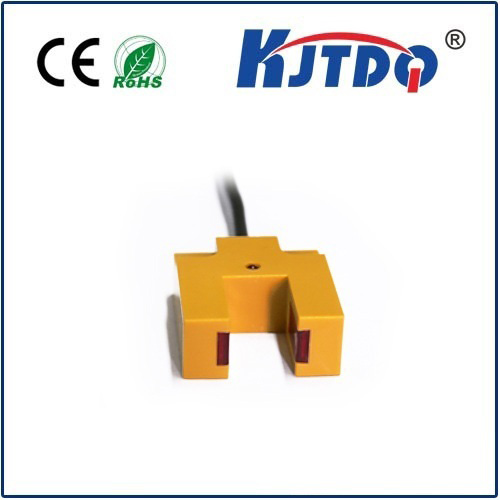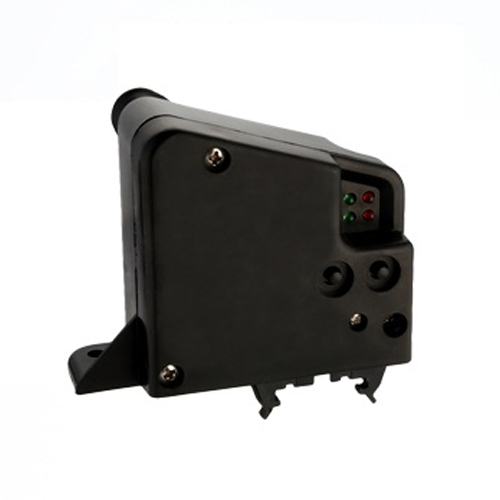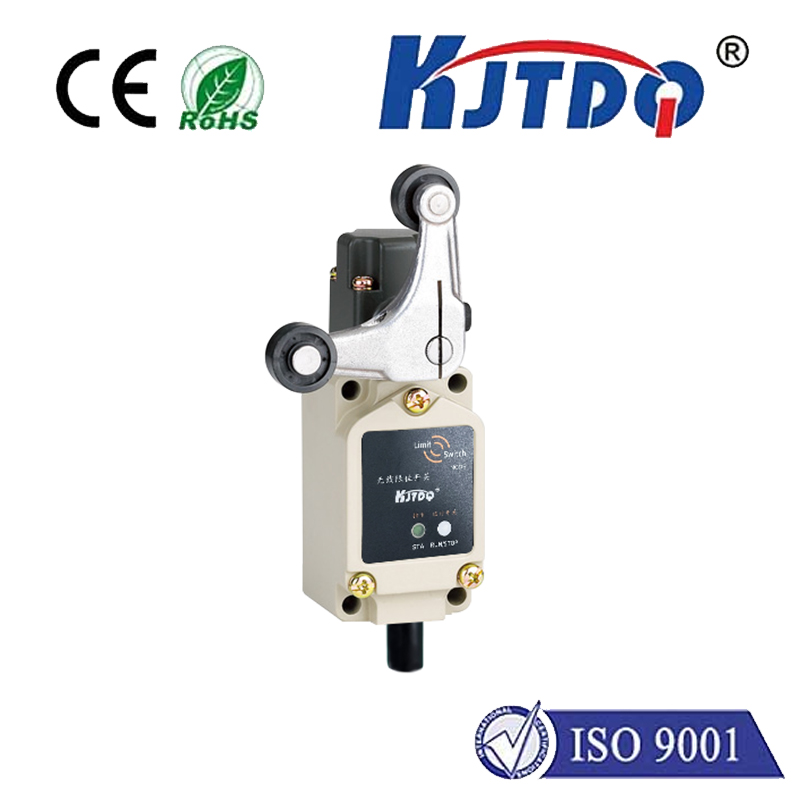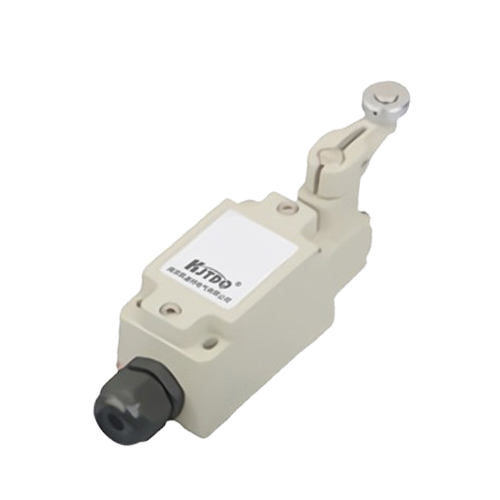

check

check

check

check

check

check

check

check

check

check
In an era where technological advancements are constantly redefining the boundaries of what’s possible, ultrasonic sensor proximity detection stands out as a remarkable innovation. This technology leverages the properties of sound waves to measure the distance between objects with impressive precision and reliability. Its applications span across various industries, making life safer, easier, and more efficient.
Ultrasonic sensors operate on the principle of echolocation, similar to that used by bats and whales. These sensors emit high-frequency sound waves, typically beyond the range of human hearing, into their surrounding environment. When these sound waves encounter an object, they bounce back to the sensor, a process known as an “echo.” By measuring the time it takes for the sound waves to return, the sensor calculates the distance to the object. This technique is known as Time of Flight (ToF) measurement.
The operation of an ultrasonic proximity sensor can be broken down into several key steps:
Emission: The sensor emits a short burst of ultrasonic sound waves.
Reflection: Upon hitting an object, the sound waves reflect back to the sensor.

Reception: The sensor receives the reflected wave.
Calculation: The sensor calculates the distance based on the time difference between emission and reception of the sound waves.
Output: The resultant distance information can then be used for various applications, such as triggering alarms, automation systems, or even simple distance measurements. The speed of sound in air under normal conditions is relatively constant, which allows ultrasonic sensors to provide accurate measurements over short distances, typically up to a few meters. However, factors such as temperature, humidity, and air pressure can affect the speed of sound, and therefore, some advanced sensors come with built-in compensation algorithms to account for these variables.
The versatility of ultrasonic sensor proximity detection has led to its adoption in a myriad of sectors:
Ultrasonic sensors are widely used in parking assistance systems, enabling vehicles to detect obstacles while parking and alerting drivers to potential collisions. They are also employed in automotive anti-theft systems, triggering alarms when unauthorized access is detected.
In manufacturing facilities, ultrasonic sensors play a crucial role in quality control processes, monitoring the presence and positioning of parts on conveyor belts, and ensuring products are properly packaged. Their non-contact nature makes them ideal for environments where mechanical parts wear and tear quickly due to constant movement.
Robotic systems utilize ultrasonic sensors for navigation and obstacle avoidance, enhancing their ability to autonomously move through complex environments without colliding with objects or people. These sensors contribute significantly to advancements in robotics technologies, from household robotic vacuum cleaners to industrial robotic arms.
Ultrasonic technology extends beyond sensors; it plays a vital role in medical diagnostics, particularly in sonography, allowing doctors to visualize internal organs in real-time. Although not traditional proximity sensors, the underlying principles are the same, showcasing the adaptability of this technology.
One of the primary advantages of ultrasonic sensors is their ability to function effectively under poor lighting conditions and in environments where electromagnetic interference might disrupt other types of sensors, like infrared sensors. They are also unaffected by color or transparency of objects, offering broad applicability. However, challenges exist. Ultrasonic sensors may struggle with absorbent materials that do not reflect sound waves well, leading to inaccurate readings. Additionally, their effectiveness diminishes over long distances due to the dissipation of sound energy. Noise pollution from the environment can also interfere with sound wave transmission.
As technology continues to evolve, so too does the functionality and efficiency of ultrasonic sensor proximity detection. Integration with Internet of Things (IoT) platforms enables smarter data collection and analysis, paving the way for enhanced automation and intelligent decision-making in various domains. With ongoing research and development, we can expect these sensors to become even more precise, affordable, and ubiquitous in our daily lives. In conclusion, ultrasonic sensor proximity detection exemplifies the power of modern sensor technology. Its ability to accurately measure distances without physical contact opens up endless possibilities for innovation across multiple sectors. As we look towards a future increasingly dominated by automation and smart technologies, ultrasonic sensors are set to remain at the forefront, guiding us towards a more interconnected and efficient world.
